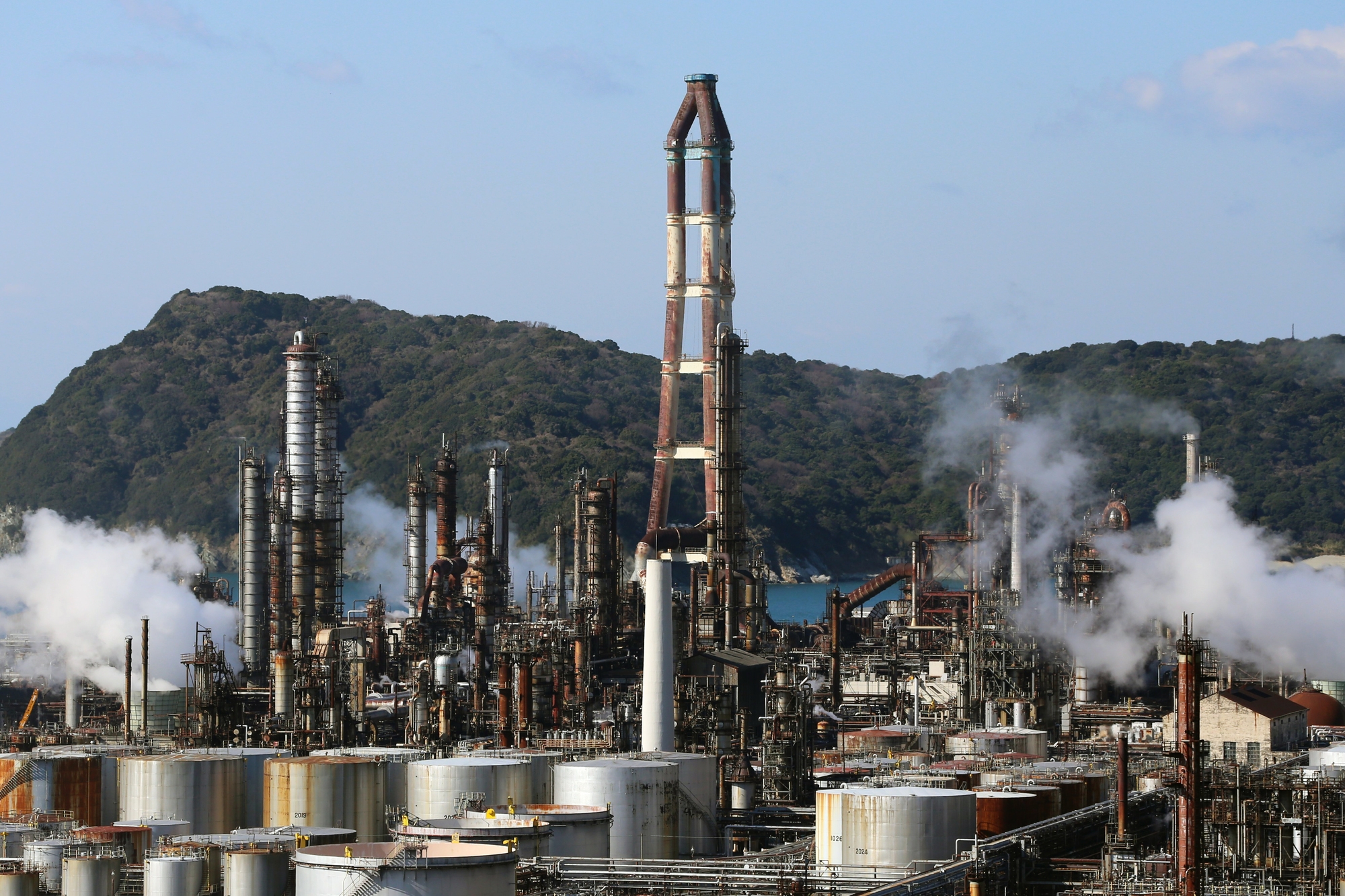DISCUSSION
Japan’s Commitment to the Asian Zero Emissions Community
October 06, 2022
After several decades of debate, it has become clear to all that climate change, caused by the release of carbon dioxide and other greenhouse gases into the atmosphere, is a threat to the global safety, security, and economy. The governments of the world’s major economies have recently made pledges to reduce their CO2 emissions through a combination of transitioning to cleaner, renewable energy sources, improving the efficiency of existing power generation, and reducing the energy consumed by industry, transport, and the general public.
Japan has also pledged to reduce its emissions, setting itself a goal of 46% reduction (compared to 2013 levels) by 2030, and full decarbonization by 2050. While ambitious, these milestones are achievable through the use of innovative technologies. Japan has also become an outspoken proponent for global decarbonization, supporting the joint development of new energy innovations and the reduced dependence on fossil fuels worldwide.
For other nations, however, the drive to decarbonize by 2050 is not seen as particularly realistic or fair. The objection has been raised, especially by economies in Asia which are currently experiencing rapid economic growth, that they have not been the ones releasing massive amounts of CO2 into the atmosphere for the past century, and it is unfair for fully developed nations to demand that they limit energy consumption while their economies are still modernizing and energy demand is rising quickly.
Japan has also pledged to reduce its emissions, setting itself a goal of 46% reduction (compared to 2013 levels) by 2030, and full decarbonization by 2050. While ambitious, these milestones are achievable through the use of innovative technologies. Japan has also become an outspoken proponent for global decarbonization, supporting the joint development of new energy innovations and the reduced dependence on fossil fuels worldwide.
For other nations, however, the drive to decarbonize by 2050 is not seen as particularly realistic or fair. The objection has been raised, especially by economies in Asia which are currently experiencing rapid economic growth, that they have not been the ones releasing massive amounts of CO2 into the atmosphere for the past century, and it is unfair for fully developed nations to demand that they limit energy consumption while their economies are still modernizing and energy demand is rising quickly.

Japan recognizes that sustainable economic growth is a key part of ensuring stable, democratic governance that is so important in the Indo-Pacific region. For this reason, the Kishida administration has announced the “Asia Zero Emissions Community Initiative,” a global strategy to enhance cooperation with other Asian countries, as part of Japan’s efforts to bring about a Free and Open Indo-Pacific (FOIP). Through this initiative, Japan will strive for cooperative decarbonization across Asia by promoting joint demonstrations, international investment, and the establishment of standards for zero-emission technologies for biomass, hydrogen, ammonia, carbon capture, utilization and storage (CCUS), and so forth. In this way, Japan hopes to work with these Asian nations to assist their transition to decarbonization without sacrificing sustainable economic growth.
To provide more concrete structure for this strategy, the government of Japan has developed the Asia Energy Transition Initiative (AETI). The goal of AETI is to provide a variety of energy transition solutions that suit the circumstances and needs of each country, making use of all available energy sources and technologies in order to achieve carbon neutrality while ensuring sustainable economic growth in Asia.
AETI consists of five central pillars for supporting a pragmatic and achievable transition based on mutual cooperation and development. The first and most important of these is supporting nations in the formulation of energy transition roadmaps. One obstacle to constructive progress has been the efforts by some nations to impose their own roadmaps on developing nations, often ignoring local needs or wishes. Japan, in contrast, wants to begin with dialogues with each government to produce a roadmap of their choosing, which fits their unique circumstances and does not impose preset deadlines or unreasonable burdens. More than any of the other pillars, beginning from this position of trust and cooperation is key to achieving decarbonization, and Japan has already begun working with Indonesia, Thailand, and Vietnam.
Projects of this scale of course require significant amounts of financial support, which for developing nations may not always be available or easy to come by. For this reason, the second pillar is a plan to provide up to US$10 billion in financial support for renewable energy, measures to increase energy efficiency, and the development of liquid natural gas (LNG), carbon capture, utilization, and storage (CCUS), and other projects. The third pillar is the creation of a \2 trillion fund aimed at supporting Asian nations in transitioning their energy production and developing and deploying the necessary technologies.
To provide more concrete structure for this strategy, the government of Japan has developed the Asia Energy Transition Initiative (AETI). The goal of AETI is to provide a variety of energy transition solutions that suit the circumstances and needs of each country, making use of all available energy sources and technologies in order to achieve carbon neutrality while ensuring sustainable economic growth in Asia.
AETI consists of five central pillars for supporting a pragmatic and achievable transition based on mutual cooperation and development. The first and most important of these is supporting nations in the formulation of energy transition roadmaps. One obstacle to constructive progress has been the efforts by some nations to impose their own roadmaps on developing nations, often ignoring local needs or wishes. Japan, in contrast, wants to begin with dialogues with each government to produce a roadmap of their choosing, which fits their unique circumstances and does not impose preset deadlines or unreasonable burdens. More than any of the other pillars, beginning from this position of trust and cooperation is key to achieving decarbonization, and Japan has already begun working with Indonesia, Thailand, and Vietnam.
Projects of this scale of course require significant amounts of financial support, which for developing nations may not always be available or easy to come by. For this reason, the second pillar is a plan to provide up to US$10 billion in financial support for renewable energy, measures to increase energy efficiency, and the development of liquid natural gas (LNG), carbon capture, utilization, and storage (CCUS), and other projects. The third pillar is the creation of a \2 trillion fund aimed at supporting Asian nations in transitioning their energy production and developing and deploying the necessary technologies.

The fourth pillar of AETI covers the development and spread of new technologies that can be used anywhere in the world. These include clean energy sources like hydrogen, wind, solar, etc., as well as innovations for making existing energy production cleaner and more efficient, such as using hydrogen-ammonia mixes in LNG power plants. These are technologies that are still being made more efficient and cost-effective through improvements in energy production, transport, and utilization.

Japan also wants to promote independence and self-sufficiency throughout the Indo-Pacific. This requires that technology know-how is shared with users, so that local staff, familiar with local needs, can carry on decarbonization progress in their own countries. The fifth pillar of AETI is focused on human resource development, providing in-depth training in new decarbonization technologies, as well as rulemaking for more effective international cooperation. This training has already been provided to over 1,000 people throughout Asia.
Climate change is a global issue, which will impact all of us in some way. As Japan works toward its own goal of carbon neutrality by 2050, we also pledge, through initiatives like the Asia Zero Emissions Community, to cooperate with nations in the Indo-Pacific region so that they may continue to enjoy the benefits of sustainable economic growth and technological advancement while contributing to the global effort to halt rising temperatures.
Climate change is a global issue, which will impact all of us in some way. As Japan works toward its own goal of carbon neutrality by 2050, we also pledge, through initiatives like the Asia Zero Emissions Community, to cooperate with nations in the Indo-Pacific region so that they may continue to enjoy the benefits of sustainable economic growth and technological advancement while contributing to the global effort to halt rising temperatures.